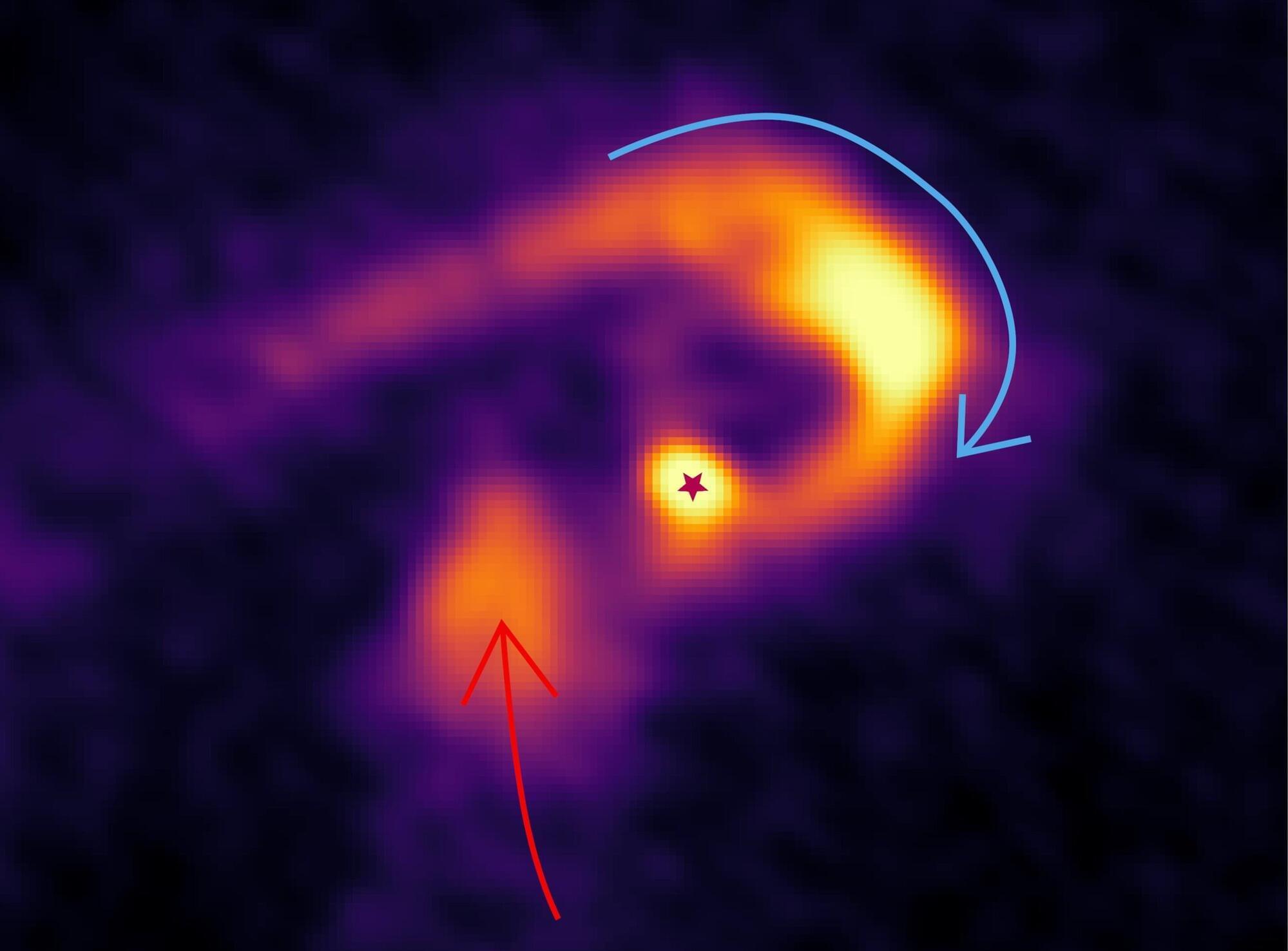Read more hacking news on The Hacker News cybersecurity news website and learn how to protect against cyberattacks and software vulnerabilities.



PromptFix exploits Comet AI browser via fake CAPTCHA, auto-filling credit cards and enabling phishing scams.

“The attackers leveraged GitHub, typically known as a legitimate developer platform, as a covert command-and-control channel,” Trellix researchers Pham Duy Phuc and Alex Lanstein said.
The infection chains have been observed to rely on trusted cloud storage solutions like Dropbox and Daum Cloud, an online service from South Korean internet conglomerate Kakao Corporation, in order to deliver a variant of an open-source remote access trojan called Xeno RAT that grants the threat actors to take control of compromised systems.
The campaign is assessed to be the work of a North Korean hacking group called Kimsuky, which was recently linked to phishing attacks that employ GitHub as a stager for an Xeno RAT known as MoonPeak. Despite the infrastructure and tactical overlaps, there are indications that the phishing attacks match China-based operatives.



Understanding and predicting chemical reactions on surfaces lies at the heart of modern materials science. From heterogeneous catalysis to energy storage and greenhouse gas sequestration, surface chemistry defines the efficiency and viability of advanced technologies. Yet, computationally modeling these processes with both accuracy and efficiency has been a grand challenge.
A recent study published in Nature Chemistry introduces a breakthrough: the autoSKZCAM framework, an automated and open-source method that applies correlated wavefunction theory (cWFT) to surfaces of ionic materials at costs comparable to density functional theory (DFT). This achievement not only bridges the accuracy gap but also enables routine, large-scale studies of surface processes with chemical accuracy.
It’s a history wrapped up with great math and poor psychology.

The size of our universe and the bodies within it is incomprehensible to us lowly humans. The sun has a mass that is more than 330,000 times that of our Earth, and yet there are stars in the universe that completely dwarf our sun.
Stars with masses more than eight times that of the sun are considered high-mass stars. These form rapidly in a process that gives off stellar wind and radiation, which could not result in stars of such high mass without somehow overcoming this loss of mass, or feedback. Something is feeding these stars, but how exactly they can accumulate so much mass so quickly has remained a mystery.
Observations have proposed that enormous disk-like structures that form around a star— accretion disks —might be the chief way of rapidly feeding young stars. However, a team of researchers from several institutions, including Kyoto University and the University of Tokyo, has discovered another possibility.
3 minutes? 13? 30? Where’s the limit?